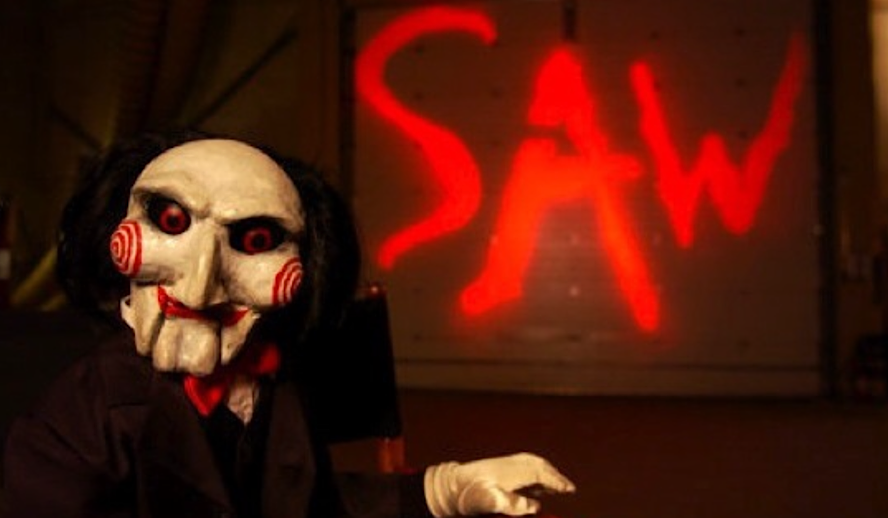Jigsaw’s legacy might not be over just yet.
After riding high off the critically lauded and fan-celebrated success of Saw X in 2023, the franchise seemed set for a chilling renaissance. But when Saw 11 was abruptly shelved and removed from Lionsgate’s release calendar due to behind-the-scenes turbulence, the future of one of horror’s most iconic sagas suddenly looked uncertain. Now, in a twist worthy of the series itself, the tide may be turning once again—and this time, Blumhouse is holding the key.
The Game Isn’t Over—It’s Just Evolving
According to Deadline, Blumhouse has struck a monumental deal to acquire 50% of the rights to the Saw franchise from Twisted Pictures, marking a pivotal moment in the future of horror. Lionsgate retains its existing 50%, making sure that the studio remains a co-producing partner on any forthcoming installments.
But here’s the kicker: the deal brings Saw full circle. With Blumhouse now in control, the franchise returns to the orbit of original co-creator James Wan, whose Atomic Monster merged with Blumhouse in 2024. This move not only reunites the series with one of its visionary architects, but it also places it in the hands of the genre’s most trusted modern studio.
While Saw 11 remains technically undeveloped, sources confirm the creative reset is just beginning—and Blumhouse’s careful, calculated approach is intentional.
Creative Clashes Sparked the Stall
Reports of friction between studios over the direction of the franchise led to Saw 11’s development being halted, despite a promising draft by Saw veterans Patrick Melton and Marcus Dunstan, and the return of Saw X director Kevin Greutert. The creative stalemate left fans disheartened, especially after Saw X was hailed as the franchise’s strongest entry in years—balancing brutal ingenuity with a surprisingly emotional core centered around Tobin Bell’s iconic portrayal of John Kramer.
Now, with Blumhouse in charge, fans may finally see the franchise embrace the bold, elevated horror identity that studios like A24 and NEON have popularized, while still honoring Saw’s grisly roots.
Blumhouse: A Proven Powerhouse In Horror
Blumhouse isn’t just another horror brand— in fact, it’s a cultural force. With critically acclaimed hits like The Black Phone, The Invisible Man, Paranormal Activity, and Get Out, the studio has redefined modern horror by championing auteur-driven, cost-effective filmmaking that connects deeply with audiences.
That track record bodes well for Saw, a series that began as a low-budget indie and became a billion-dollar franchise by focusing on concept over spectacle. Now, with the return of James Wan to the creative fold and Blumhouse’s knack for revitalizing legacy properties, Saw is positioned to rise from the ashes. Not just as a comeback, but as a reinvention.
A Hopeful Future For Jigsaw Fans
There’s still no official green light for Saw 11, but make no mistake—the gears are turning. The franchise’s DNA is now split between two of the most capable forces in horror: Lionsgate’s legacy and Blumhouse’s innovation. The involvement of James Wan is more than symbolic—it’s a signal that the franchise’s original spirit may once again lead the way forward.
In a time when gritty, practical horror is being overshadowed by bloated blockbusters, the revival of Saw represents more than a sequel—it’s a cultural correction. So, horror fans: stay ready. If the new game begins, it won’t just continue the legacy—it could rewrite it entirely.






